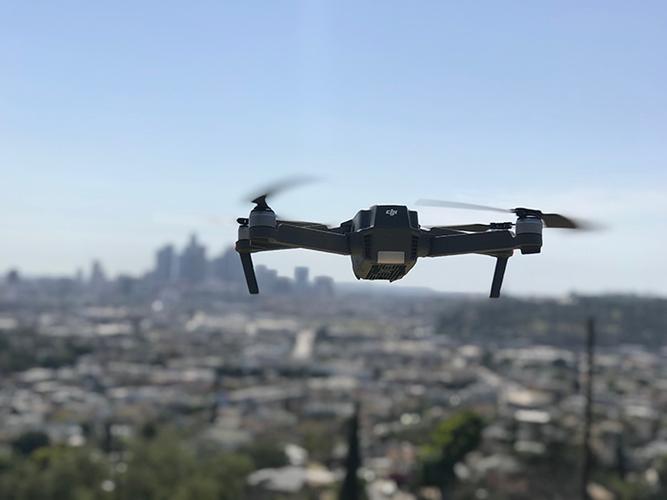The rise of drones in sky is a remarkable phenomenon redefining modern airspace. Unmanned aerial vehicles (UAVs), more commonly known as drones, have rapidly expanded from niche technology to mainstream innovation, influencing numerous aspects of daily life, from commercial industries to recreational activities.
The Evolution of Drones
Drones have come a long way since their initial military applications. Today, their capabilities extend to agriculture, photography, disaster management, and even package delivery. Technological advances have allowed drones to become more affordable and accessible, further driving their adoption across various sectors.
Commercial Impact of Drones in the Sky
The commercial sector has witnessed a significant transformation thanks to drones. In agriculture, they offer precision farming solutions, enabling farmers to monitor crops and reduce waste effectively. Retail giants like Amazon have explored drone delivery systems to enhance efficiency and customer satisfaction.
Construction industries utilize drones for detailed site analysis, providing aerial perspectives that are otherwise difficult to achieve. Surveys and inspections, which traditionally took days or weeks, can now be performed swiftly and accurately.
The Role of Drones in Emergency and Environmental Management
Drones are increasingly vital in emergency management. They offer rapid aerial assessments during natural disasters, aiding in search and rescue missions. Their ability to reach remote or hazardous areas without endangering human life is invaluable.
In environmental monitoring, drones play a crucial role in tracking wildlife movements and assessing ecosystem health. Their use in monitoring deforestation and tracking environmental changes is becoming a standard practice across the globe.
Technological Advancements Leading the Way
As technology evolves, so does the capability of drones in sky. Emerging innovations include enhanced sensors for better data collection and AI-driven analytics for improved decision-making. Battery efficiency and flight time are also focal points of research, aiming to maximize drone utility and operations.
Regulatory frameworks are concurrently being developed to address privacy and security concerns, ensuring that drone use remains safe and beneficial for society. Achieving a balance between innovation and regulation is crucial for the sustainable integration of drones into everyday life.
Drones in Recreational Activities

Drones offer thrilling experiences in recreational activities, capturing breathtaking footage from angles previously unattainable. As the technology advances, they are becoming pivotal tools for filmmakers, photographers, and hobbyists looking to explore creative frontiers.
Challenges and Future Prospects
Despite the excitement surrounding drones, challenges persist. Issues such as air traffic management, privacy concerns, and regulatory hurdles remain significant. However, ongoing developments in drone technology and regulation are promising, poised to resolve many of these challenges over time.
Looking forward, the future of drones in sky is bright and expansive. As innovations continue to break through existing limitations, drones will likely play an even more prominent role in transforming industries, improving efficiencies, and enhancing personal experiences.
FAQ
How do drones impact environmental conservation?
Drones provide detailed environmental data collection with minimal environmental disturbance. They enable monitoring of remote areas, assistance in conservation projects, and tracking of wildlife more efficiently than traditional methods.
Are drones safe to use for commercial purposes?
When operated within regulatory guidelines, drones are safe and effective tools for various commercial applications. Regulatory bodies are continually updating frameworks to ensure safety and security in drone operations.
What advancements are expected in drone technology?
Future advancements may include extended battery life, improved autonomous operations, and advanced AI for better data processing and analytics, leading to even wider adoption of drones across new industries.